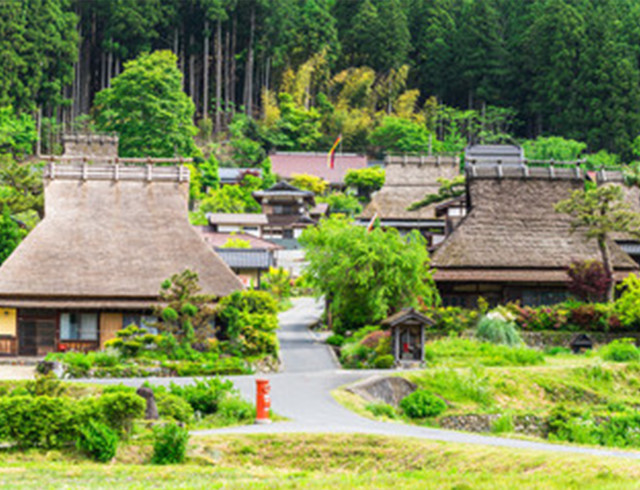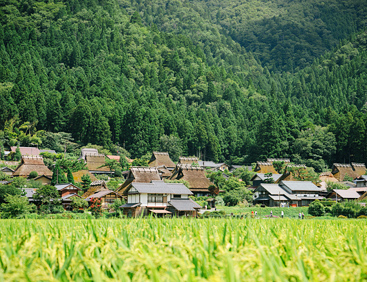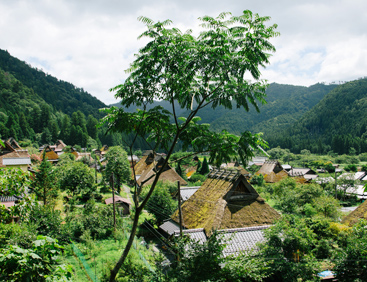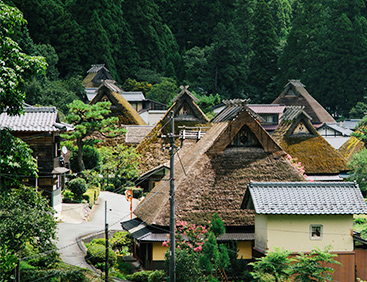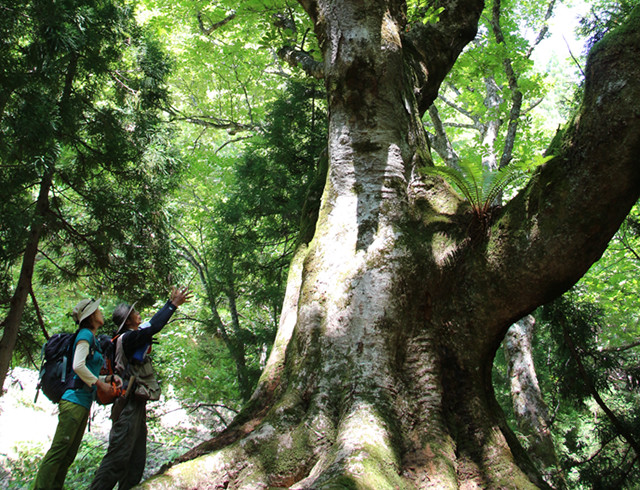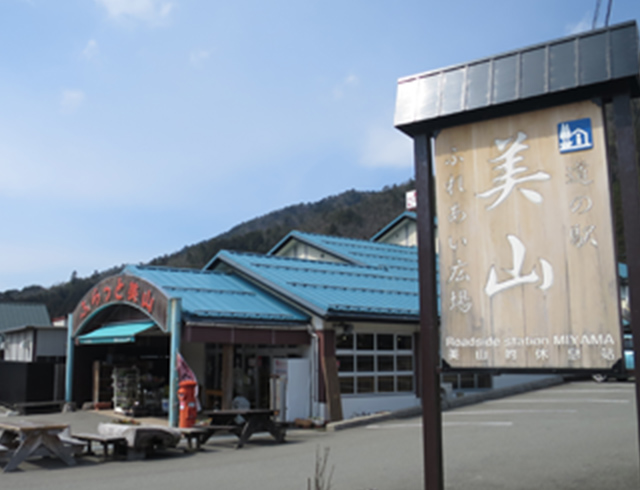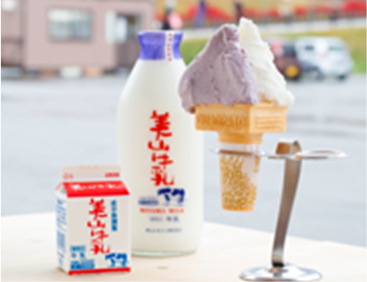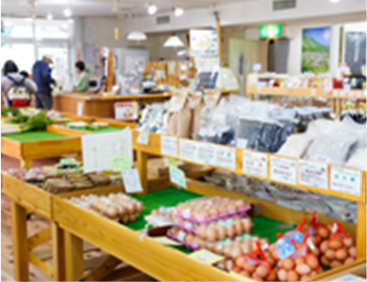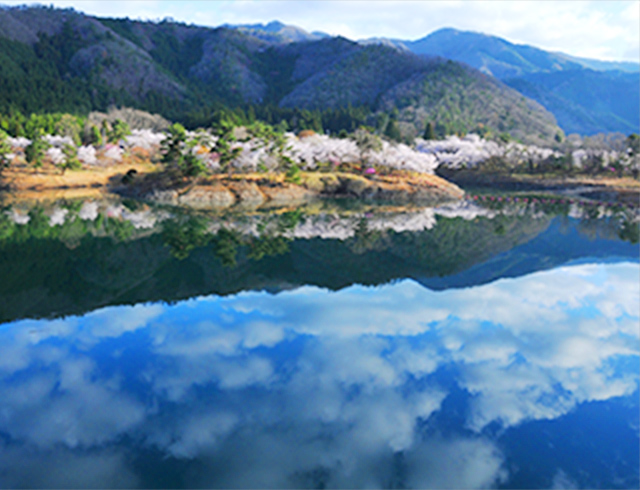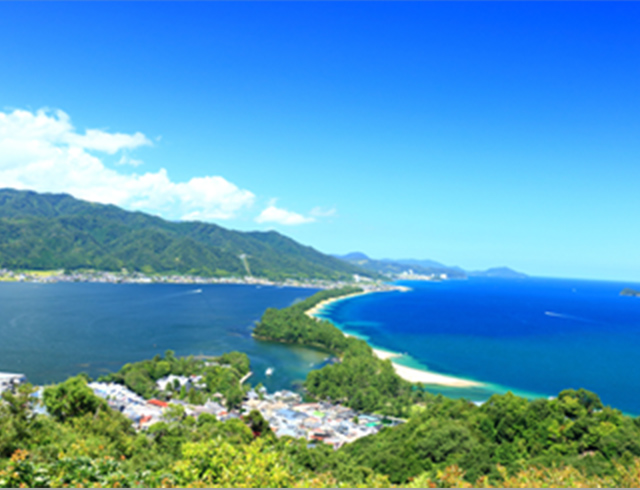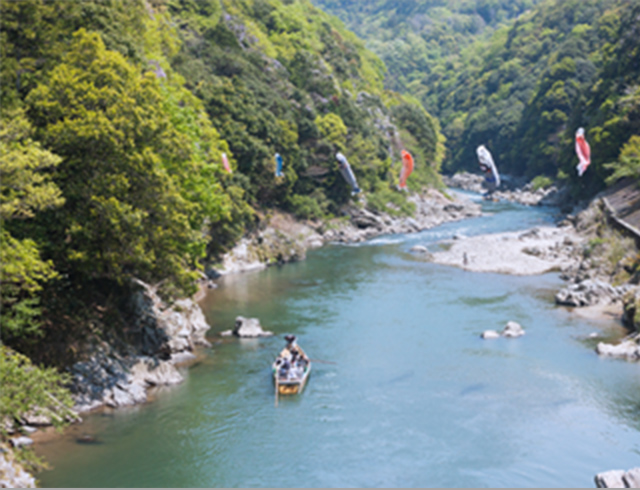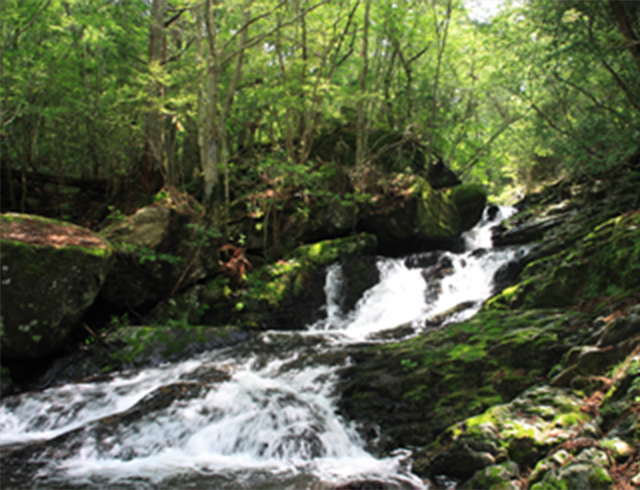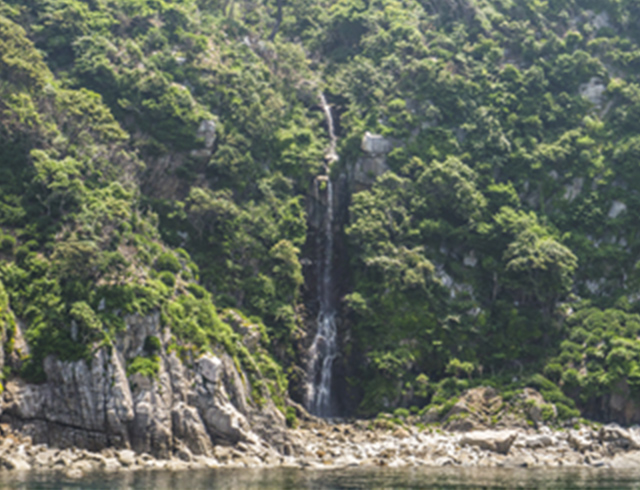-
Miyama Thatched Village (Kayabuki-no-sato)
 Miyama Town is best known for its traditional thatched (kayabuki) houses. In December 1993, Kitamura (North Village) in the town was designated as the national preservation site which has the most buildings with kayabuki (“thatched roofs”) – 38 out of 50 houses – the thickest concentration of thatched roof houses in Japan.
Miyama Town is best known for its traditional thatched (kayabuki) houses. In December 1993, Kitamura (North Village) in the town was designated as the national preservation site which has the most buildings with kayabuki (“thatched roofs”) – 38 out of 50 houses – the thickest concentration of thatched roof houses in Japan.Kayabuki-no-sato is the most visited attraction in Miyama Town where you can meet with classical rural Japan landscape.



-
Ashiu Forest
 The Ashiu Forest in Miyama is a large primary forest with a huge variety of flora and fauna, preserved and administered by Kyoto University. Much of Ashiu Forest is off limits to anyone but researchers or those on a guided tour, serene atmosphere won’t be ruined by hoards of tourists. If you intend to do hiking, you should register at the office in Ashiu before entering the forest.
The Ashiu Forest in Miyama is a large primary forest with a huge variety of flora and fauna, preserved and administered by Kyoto University. Much of Ashiu Forest is off limits to anyone but researchers or those on a guided tour, serene atmosphere won’t be ruined by hoards of tourists. If you intend to do hiking, you should register at the office in Ashiu before entering the forest.
https://fastjapan.com/en/p115533 -
Roadside Station Miyama Fureai Hiroba
 The shop Furatto Miyama has a great assortment of products made by local farmers – from fresh vegetables and fruit to pastry and sweets, as well as craft items made of wood and Japanese paper, all of which make great souvenirs.
The shop Furatto Miyama has a great assortment of products made by local farmers – from fresh vegetables and fruit to pastry and sweets, as well as craft items made of wood and Japanese paper, all of which make great souvenirs.


-
Ohno Dam Park
 Ohno Dam is the first multi-purpose dam constructed in Kyoto Prefecture in 1961. The dam lake is named “Rainbow Lake” and selected as one of the “100 Best Dam Lakes in Japan.”
Ohno Dam is the first multi-purpose dam constructed in Kyoto Prefecture in 1961. The dam lake is named “Rainbow Lake” and selected as one of the “100 Best Dam Lakes in Japan.”In spring, more than 1000 cherry trees bloom and, more than 500 maple trees change their leaves into beutiful autumn colors in autum. There are festivals to entertain locals as well as visitors when blossoms and leaves are in their best season.





